Hollywood has long had a fixation with showing our collective resilience when nature is at its most ferocious and uncontrollable. The genre of disaster movies emerged when filmmakers decided to show us swirling storms, raging fires, and drowning ships that put ordinary people in unbelievable circumstances. It was, in a way, fitting for the silver screen, where scripted drama and special effects could come together and break life into genuinely spectacular stories, both fictional and real-life-inspired.
The disaster genre rose in popularity during the first golden age of blockbuster cinema in the 1970s and from then on, movies like The Poseidon Adventure dominated the box office. The success of those classics, thus, established a formula that many subsequent movies would follow.
As large-scale productions became normal and special effects got better, bringing natural horrors to life became more realistic. It was also these movies’ focus on everyday people, often complete strangers, being thrown together and forced to save the day, that inspired generations.
While new disaster movies like San Andreas and Greenland are just as spectacular and intimate, a select few classics are responsible for defining the genre. They visualize humanity and its fragile state against the forces of nature at a blockbuster scale and represent just how Hollywood has come in showcasing an individual’s resourcefulness, sacrifice, and the need to survive when the odds are stacked against them.
Without further ado, here are 10 disaster movies that defined the genre.
10 The Day the Earth Caught Fire (1961)
The Day the Earth Caught Fire begins with its focus on a depressed up-and-coming journalist named Peter Stenning, whose only friend, Bill Maguire, is an encouraging veteran reporter. Elsewhere, nuclear tests are being conducted in the United States and Soviet Union. They accidentally trigger shifts in the Earth’s orbit.
When the British journalists on the story begin noticing the unusual weather patterns, rising temperatures, and increase in fires and earthquakes, they decide to take action.
When Nature Goes Out of Balance
Released in 1961, Val Guest’s sci-fi/disaster film was pioneering in its depiction of human-caused changes on the planet and the serious consequences attached to them. Considering the decade, the movie was innovative. It also dared to show the fragile state of our environment and the disconnect between science and politics way before global warming became a term for household discussion.
The scenes of sweltering London streets and government cover-ups added memorable moments and the drama was so realistic it resonates even today.
9 Airport (1970)
Based on Arthur Hailey’s 1968 novel of the same name and directed by George Seaton, Airport broke barriers in the genre by staying at number one at the US box office for two weeks.
Its premise centered around a raging Midwestern snowstorm crippling an airport near Chicago. The airport manager is determined to keep the flights going, with the passengers and staff on a Boeing 707 awaiting takeoff. At the same time, a stowaway smuggles a bomb onto the plane and threatens to detonate it. As the blizzard intensified, those on the ground and air worked to defuse the threat.
A Genre-Blending Disaster Epic
Those familiar with the popular disaster spoof, Airplane!, might not realize the sheer intensity of this movie, which became a model for major studio disaster films. Seaton directs the movie with expertise, infusing scenes with exhilarating suspense and technical aviation accuracy.
Not only did the direction help normalize disaster themes for mainstream audiences, but the melodrama also nailed the balance between spectacular action and intimate human stories. Airport is nothing short of a genre classic and its all-star cast includes Burt Lancaster and Dean Martin.
8 The Impossible (2012)
Directed by Spanish filmmaker J. A. Bayona and based on an exceptional true story, The Impossible follows Maria, Henry and their three sons spending Christmas on a vacation in Thailand when the devastating 2004 Indian Ocean tsunami hits the shore and separates them. They are denied fights back home and communication facilities are scarce.
Amidst collapsed buildings, flooded streets, and repressed memories, both Henry and Maria try to find their way back to each other while their young boys try to stay afloat in the raging waters.
Survival Against All Odds
An unexpected emotional rollercoaster, The Impossible brought the horrifying reality of making it out of nature’s most unforgiving forces to the big screen and chook audiences to their core. Directed with realism, with experiences borrowed from the family’s own accounts and plenty of research, the movie is one of the most emotionally authentic disaster films. Much of it comes from Naomi Watts’ powerful performance as Maria.
The rest of the cast includes Ewan McGregor and a very young Tom Holland in his big screen debut. Despite releasing little over a decade ago, The Impossible raised the bar for making movies that are sensitive towards traumatic real-world events.
7 Contagion (2011)
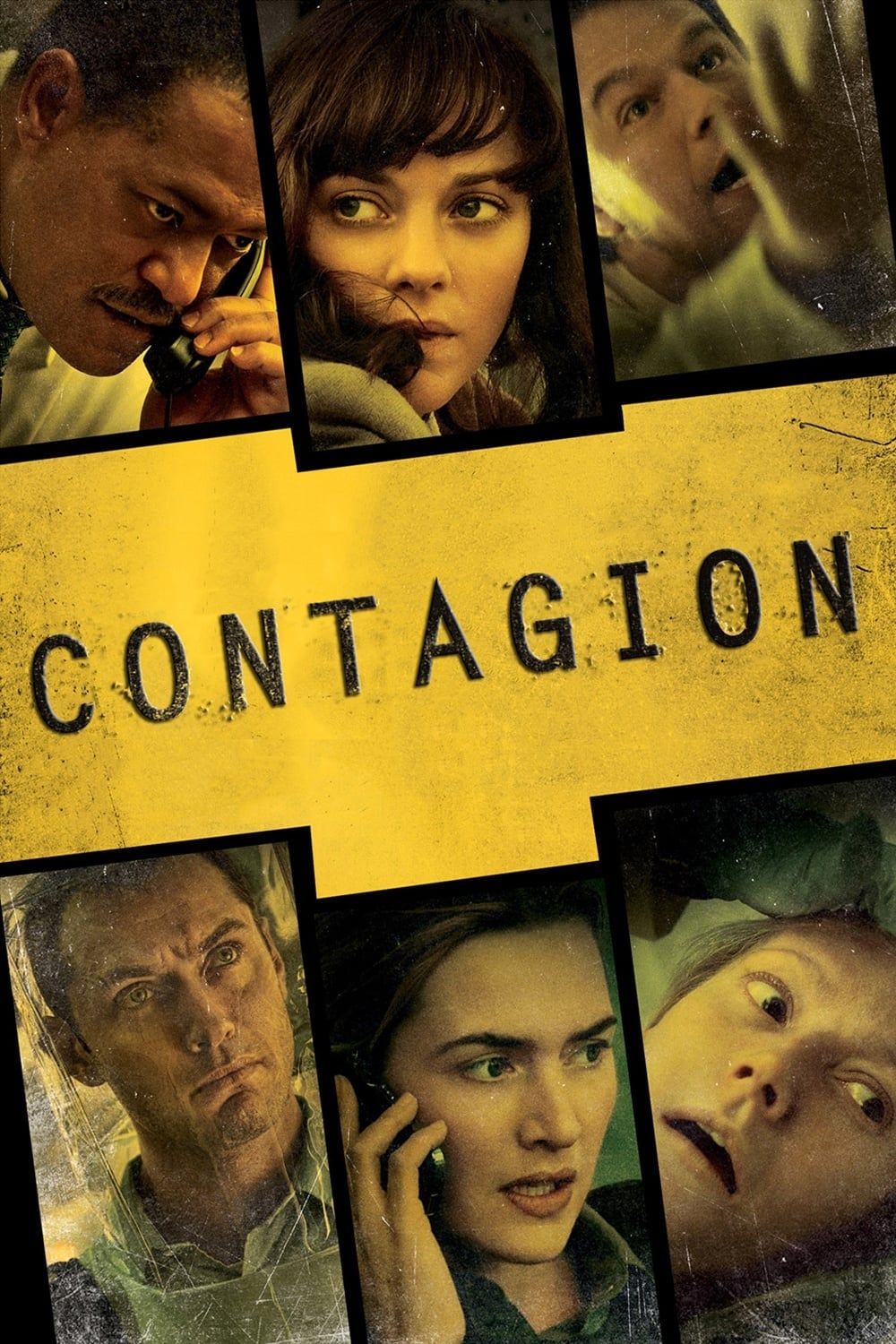
Successful at the time of its release but only gaining mainstream popularity after the recent COVID-19 pandemic, Contagion is another disaster thriller directed by Steven Soderbergh. In it, a mysterious virus begins to spread rapidly from Asia to the rest of the world.
Led by Dr. Ellis Cheever and Dr. Erin Mears, of the Centers for Disease Control and Prevention, a team races to find a cure and contain the pandemic. Meanwhile, society starts collapsing under lockdowns, quarantines and paranoia.
Realistic Portrayal of the Pandemic
Soderbergh had earned acclaim for making inventive movies, but it is Contagion that stands apart as career-defining in his filmography. It is because he combines pulse-pounding chills and social commentary by modeling the pandemic through scientific accuracy while also focusing on society fracturing under fear.
Featuring an ensemble cast that includes Matt Damon, Kate Winslet, Lawrence Fishburne, Jude Law, and Gwyneth Paltrow, Contagion was not just entertainment, both a demonstration and a warning of how fragile humanity is against unknown dangers.
6 A Night to Remember (1958)
People remember Titanic for being a record-breaking romantic-disaster drama, but four decades before the movie swept trophies at the award season, another loose adaptation of Walter Lord’s eponymous book made it to the big screen. Touted as unsinkable, the RMS Titanic embarked on its maiden voyage across the North Atlantic in 1912. But it was hours from collision and sinking caused by hitting an iceberg.
Told from multiple perspectives, A Night to Remember captures the ship, the passengers, and the starry night sky.
A True Story Retold
British director Roy Ward Baker recreated the Titanic disaster with profound accuracy. He combined meticulous onboard recordings and survivor interviews to showcase the unfolding horrors with care and sensitivity.
Also, worth noting is the fact that the 1950s was an age where movies required spectacle and dramatization to be memorable. But instead, Baker used a very modest budget because he was devoted to honoring real people and documenting history. Which worked and A Night to Remember ended up establishing the genre’s potential.
5 The Wave (2015)
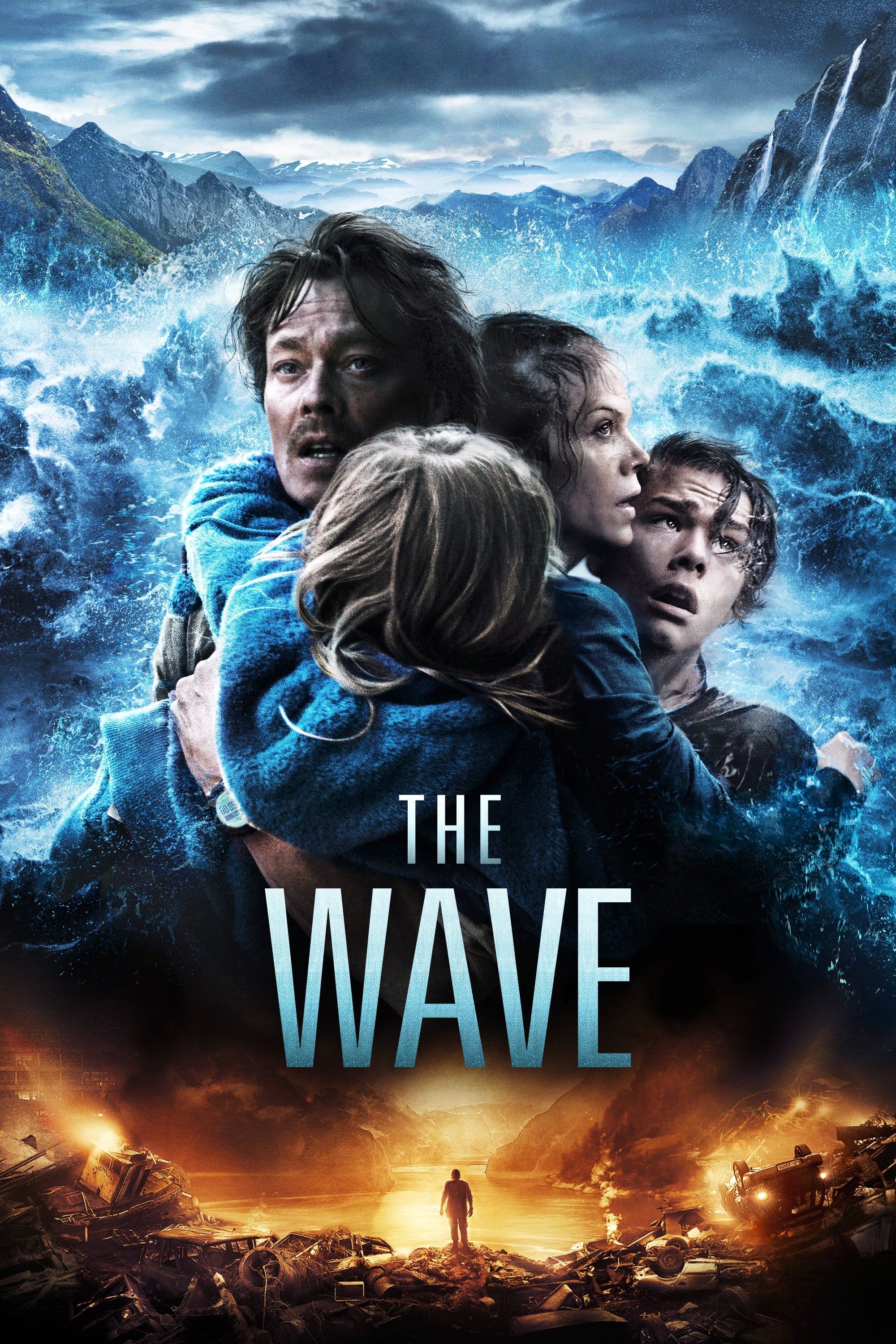
The Wave
- Release Date
- August 28, 2015
- Director
- Roar Uthaug
- Cast
- Kristoffer Joner , Thomas Bo Larsen , Ane Dahl Torp , Fridtjov Såheim , Jonas Hoff Oftebro , Arthur Berning
The Wave is a Norwegian disaster film that follows an experienced geophysicist named Kristian Eikjord, who has an epiphany about the sensor wires in the crevices of the earth. When he investigates them, he realizes they are indications of a potential landslide fall. He warns the officials and they sound tsunami alarms for the residents of Geiranger. When the actual disaster races towards the coast, Kristian and the class panic and struggle to evacuate the residents.
Nature’s Fury Meets the Human Spirit
The movie was Norway’s official submission for the Academy Award for Best Foreign Language Film, but it wasn’t selected. Regardless, it is considered among the most immersive and breathtaking disaster movies of all time, hailed by critics as an “impressive tsunami-peril thriller.”
The Wave explored how an impending crisis can expose society’s strengths and vulnerabilities. Director Roar Uthaug used the natural threat as a means to depict themes of cooperation, leadership, and ordinary people rising as heroes in extraordinary circumstances.
4 Twister (1996)
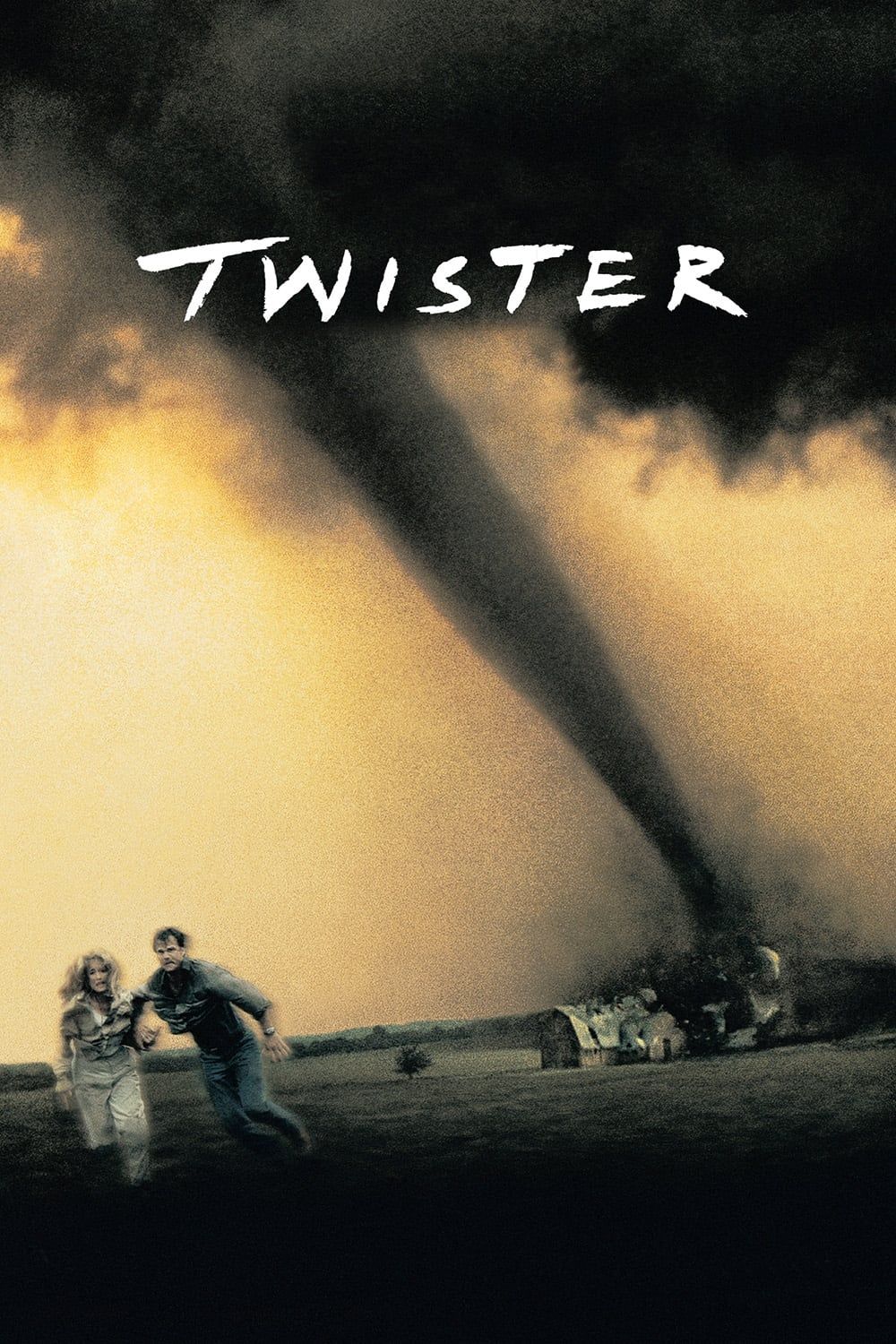
From the director of Speed, Twister is a story about two people whose romance rekindles under extreme conditions. Meteorologist Dr. Jo Harding is about to divorce her research scientist husband Bill Harding. But before that, the two join an expedition to develop a device that tracks tornadoes.
Their unresolved issues surface and passion reignites as the atmospheric conditions lead the way for an unprecedented outbreak of over 60 twisters. The pair deploys radar systems to collect data while also braving the tornadoes.
An Entertaining, All-Round Achievement
Jan de Bont already knew a thing or two about juxtaposing two polar opposite narratives, and the success of his 1994 classic made audiences enthralled about watching Helen Hunt and Bill Paxton in their career-defining turns as two individuals working on science while sharing sensational moments.
Twister was not a big hit with critics, with Roger Ebert giving it only two and a half stars, but the movie took the genre to new box office heights and became the second-highest-grossing film of 1996. Overall, Twister proved what a quintessential summer blockbuster is, and now, history is only repeating itself.
3 The Poseidon Adventure (1972)
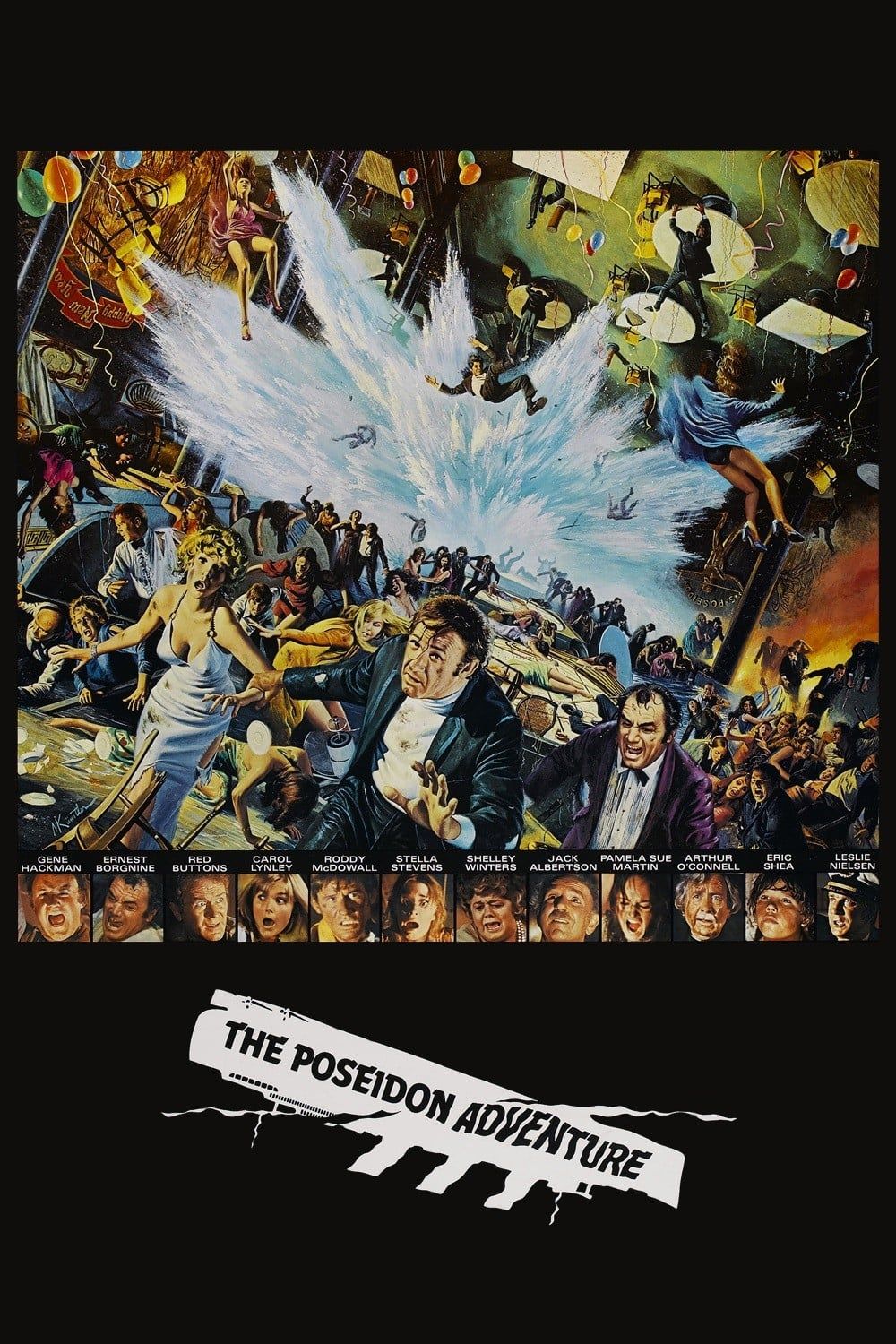
The plot of The Poseidon Adventure centers around the SS Poseidon cruise liner traveling from New York to Greece through the Aegean Sea before its retirement. But on New Year’s Day, it gets struck by a massive rogue wave and capsizes.
All of the passengers die immediately, except for a lucky few, including Reverend Frank Scott, his daughter, and a disparate group of survivors. As the ship sinks further and air pockets become limited, they must navigate the frigid waters and try to escape the vessel.
Disaster Drama Done Right
Director Ronald Neame crafted a genuine masterpiece with The Poseidon Adventure. First things first, the state-of-the-art cinematography that gives the ship’s flipping its spectacular weight goes down in filmmaking history as the most iconic scene. The quality of production also lends levity to the cast, who grapple with their situation with integrity. Gene Hackman’s conflicted man of faith beautifully anchors the movie.
As for its commercial success, the disaster flick took home 25 times of its budget and reigned supreme at the box office for nine consecutive weeks, eventually inspiring several stories.
2 The Towering Inferno (1974)
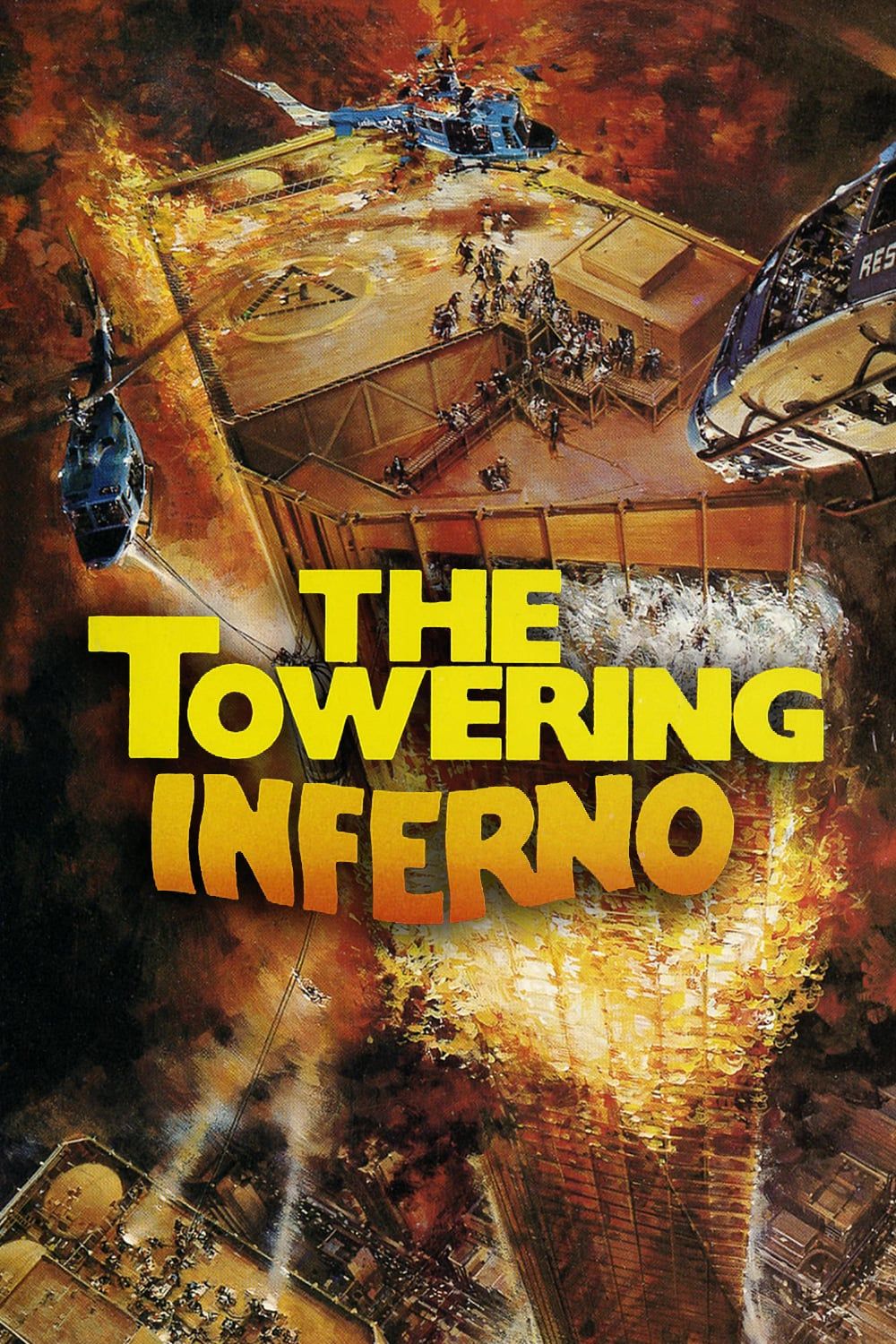
Speaking of movies inspired by the success of The Poseidon Adventure, we have The Towering Inferno, another highest-grossing and award-winning disaster epic from the 1970s. It begins with architect Doug Roberts attending the opening party of the recently completed Glass Tower, the world’s tallest building.
The celebrations, however, are cut short when an electrical short-circuit ignites an all-consuming fire in the building. Help arrives but the high winds have already spread the flames, engulfed stairways, and trapped hundreds of people on multiple floors.
’70s Flick That Still Holds Up
The Towering Inferno set the bar for disaster movies really high for several reasons. Its enormous budget, impressive use of special effects, technical authenticity, nerve-wracking action, and an all-star cast led by Paul Newman and Steve McQueen were elements that worked together in making the movie a package.
Even though the plot may seem silly, the execution was awesome, and it made the movie prove that the genre could satisfy mainstream audiences looking for both thrills and drama. Critics noted that “the visual spectacle is first rate” and The Towering Inferno got eight Academy Award nominations, including Best Picture.
1 Titanic (1997)
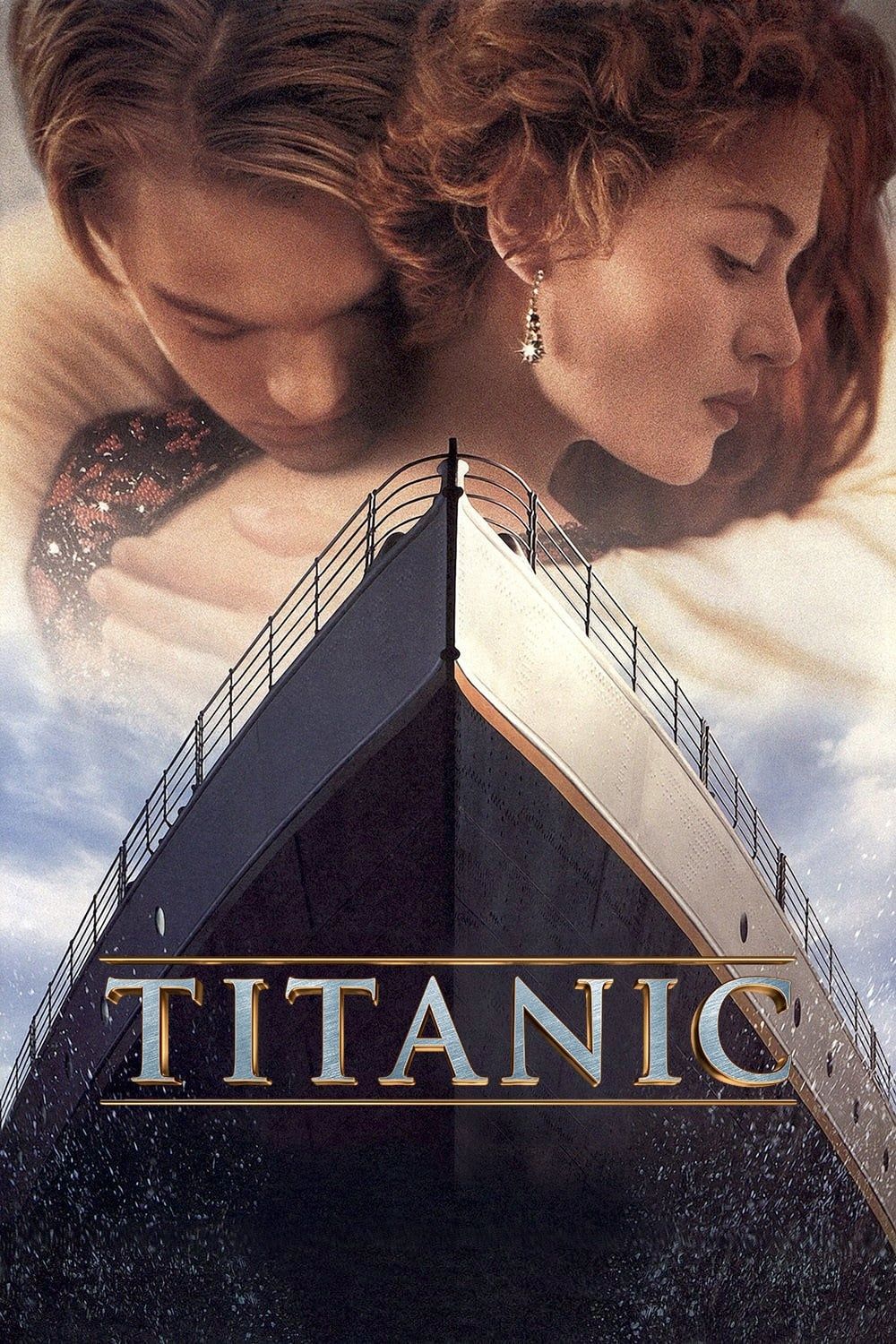
Titanic
- Release Date
- November 18, 1997
A fascinating, genre-defining epic written, directed, and co-produced by James Cameron, Titanic brings to life the sinking of RMS Titanic on its maiden voyage in 1912. Leonardo DiCaprio and Kate Winslet star as members of different classes of society. The latter is Rose, an upper-class passenger desperately fleeing an arranged marriage.
The former is Jack, who won his ticket in a poker game. They meet and develop a romance. But as the ship hits an iceberg, tragedy strikes, and the pair face a battle for survival in the face of an uncertain future.
An Enduring Masterpiece
Like all other movies on this list, Titanic elevated the disaster genre to a high art form. Cameron used cutting-edge technology to bring the Titanic incident to life, and it was more tangible realism than ever seen on the screen before. Winslet and DiCaprio delivered performances that still resonate with the new generation.
Apart from the grand romantic backdrop, it was the heightened suspense and sacrifice, the eternal themes of inequality and density, and the emotional depth that made the movie a classic in Hollywood filmmaking.



